Search Images
Browse Content (p. 1566)
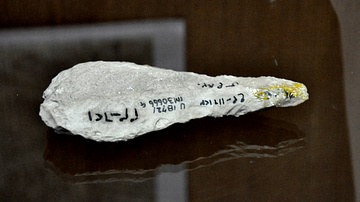
Image
A hand-axe from Hazar Merd Cave
This hand-axe was found in Hazar Merd cave, a paleolithic cave which lies 13 km west of modern Sulaimaniya city, Iraq. It dates back to 50,000 BCE. (The Sulaimaniya Museum, Iraq).
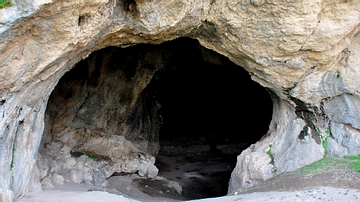
Image
The dark cave of Hazar Merd Group of Caves
This is the entrance into the black cave (or Ashkawti Tarik in Kurdish), which is one of the most important caves of Hazar Merd area. It is a single lofty chamber 11 by 12 meter wide. The caves date back to 50,000 BCE and it was excavated...
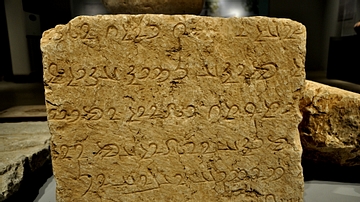
Image
A stone with inscriptions from Paikuli Tower
The inscriptions on this stone mention the name of the Sassanian king Narseh and they were written in middle Persian and Parthian languages. Sassanid period, around 300 CE. From Paikuli tower, modern Sulaimaniya Governorate, Iraq. (The Sulaimaniya...
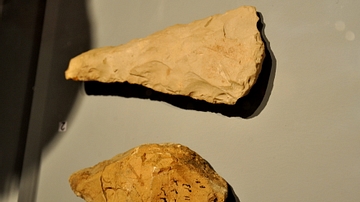
Image
Hand Axe and Stone Tool
These were found in Barda Balka and are considered the oldest human-made artifacts among the whole museum's collections. Circa 100,000 BCE, from Barda Balka (near modern Chamchamal, Sulaimaniya Governorate, Iraq). (The Sulaimaniya Museum...

Image
Bull Inlay from Sumer
An alabaster inlay of a bull. Early dynastic period, 2750-2300 BCE. From Sumer, southern Mesopotamia, Iraq. (The Burrell Collection, Glasgow, Scotland).
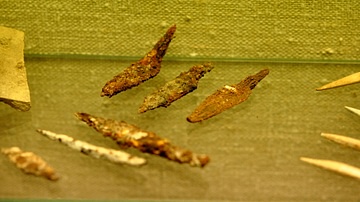
Image
Assyrian Arrowheads from Lachish
These bronze arrowheads were found at the city of Lachish. The city was besieged and then conquered by the Assyrian king Sennacherib in 701 BCE. (The British Museum, London).
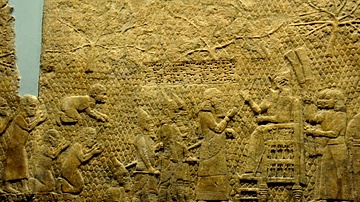
Image
Sennacherib and the Fall of Lachish
This wall relief depicts the Assyrian king Sennacherib after the fall of Lachish (Lakhisha), the second largest city in Judah Kingdom. The king sits on a marvelous throne and watches prisoners. He also greets an Assyrian official who appears...
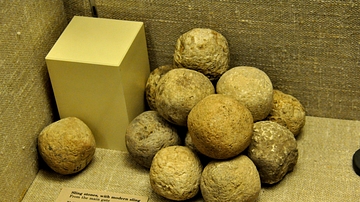
Image
Sling stones from Lachish
These sling stones were excavated at the main gate of the city of Lachish. The Assyrian soldiers attacked the city wall towers with these sling stones, a scene which has been depicted on some wall reliefs in Sennacherib's South-West palace...
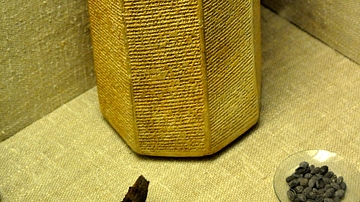
Image
A Terracotta Foundation Document from Nineveh
This terracotta prism was found in Nineveh. It documents Sennacherib's military campaigns and the rebuilding of the city of Nineveh. The siege and the capture of Lachish and Jerusalem occurred during his 3rd military campaign in 701 BCE...
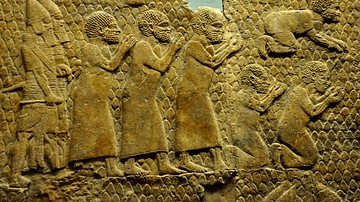
Image
Prisoners from Lachish
This wall relief depicts the procession of prisoners after the capture of Lachish by the Assyrian army. Two Assyrian soldiers guide the prisoners from behind and some of the prisoners kneel before the Assyrian king (who is not shown in this...